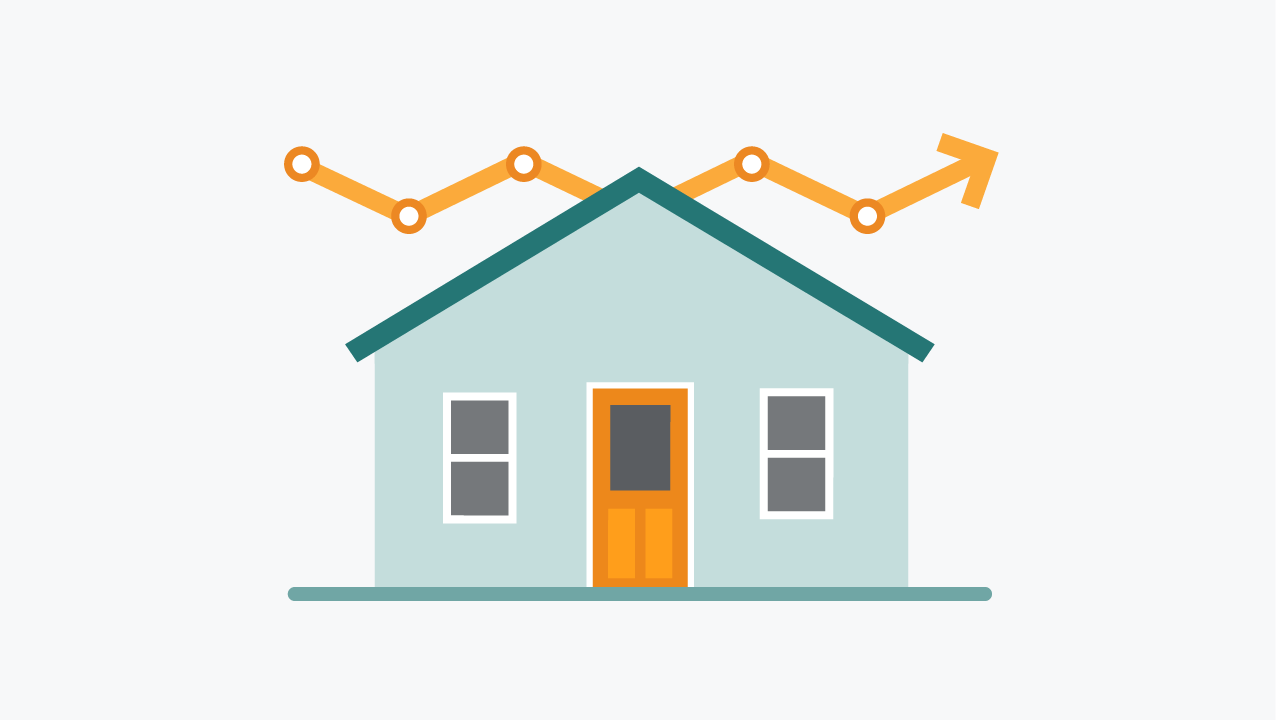Supervisory Highlights: Auto Finance Special Edition, Issue 35 (Fall 2024)
The findings in this edition of Supervisory Highlights cover select examinations related to auto-finance that were generally completed between November 1, 2023, and August 30, 2024.

